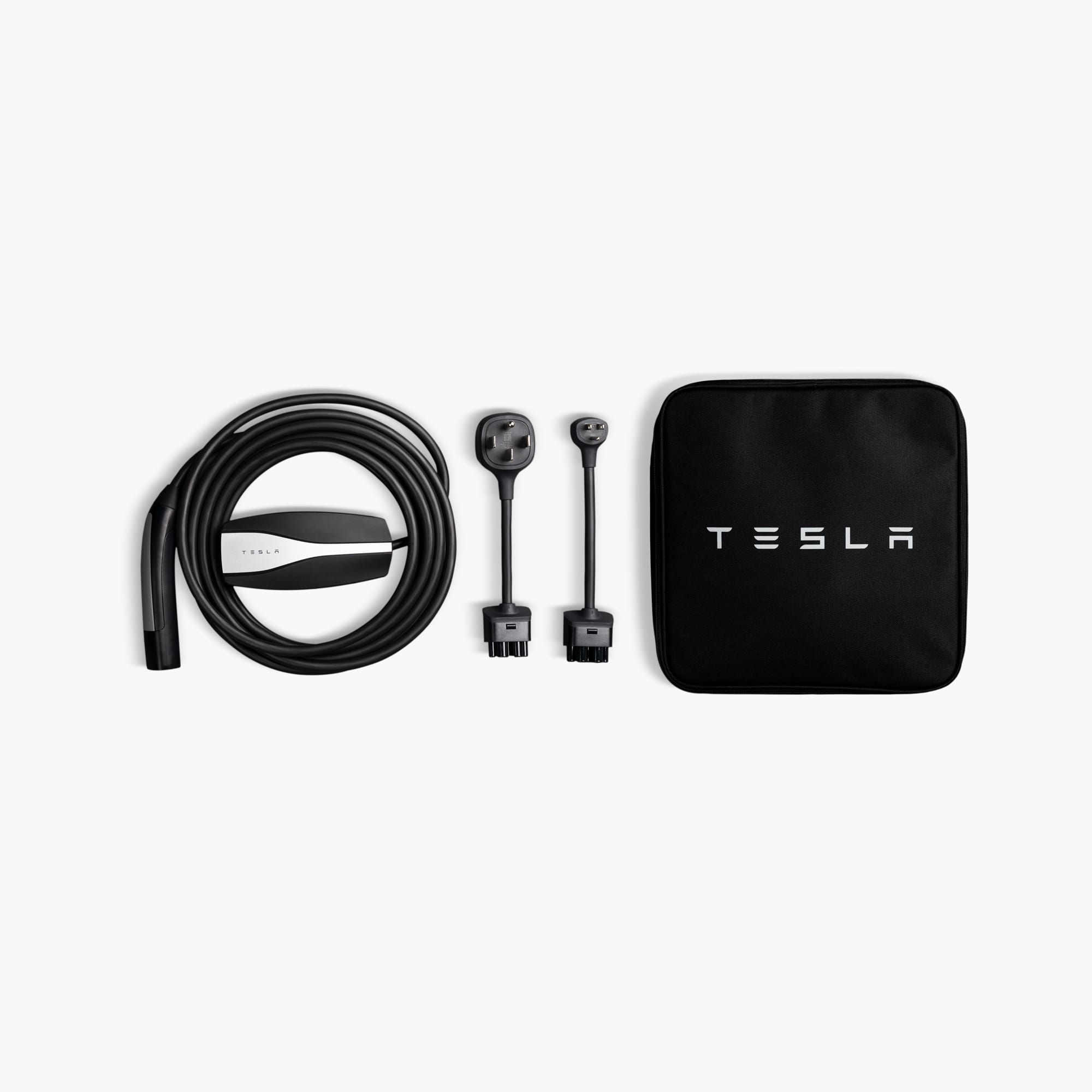WHICH CHARGER?
Our Chevy Volt uses a 240V Level 2 charger, which (with adapter) can charge our not-yet-delivered Tesla MYLRRWD.
However, I'd like to buy a cost-effective portable charger for the new car. I see prices from $150 to $500...
Presumably, "best deal" changes constantly - what's my best choice TODAY?
Our Chevy Volt uses a 240V Level 2 charger, which (with adapter) can charge our not-yet-delivered Tesla MYLRRWD.
However, I'd like to buy a cost-effective portable charger for the new car. I see prices from $150 to $500...
Presumably, "best deal" changes constantly - what's my best choice TODAY?




